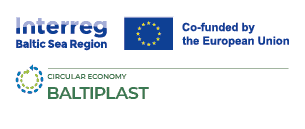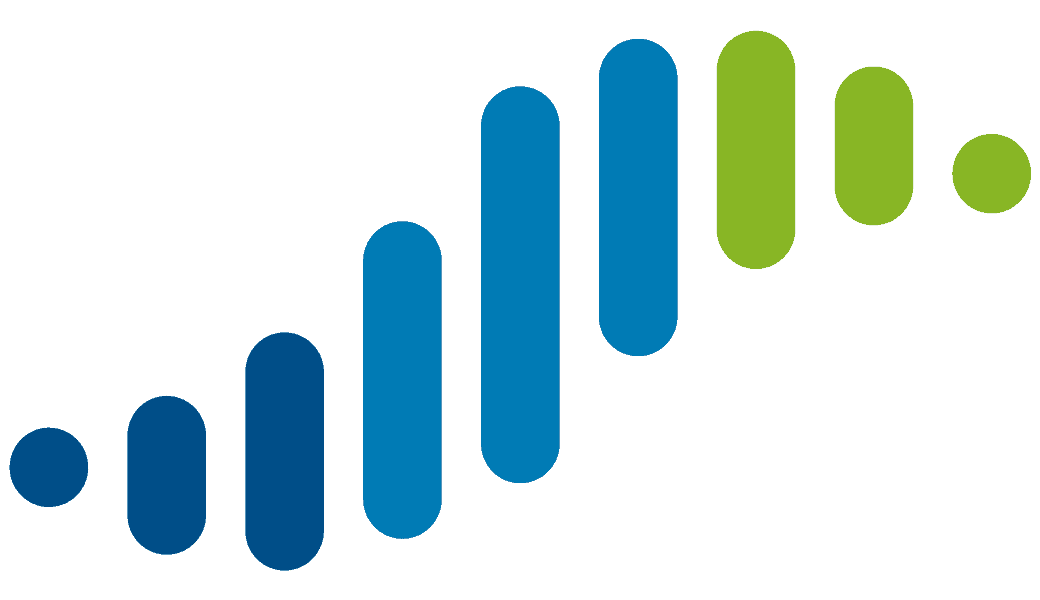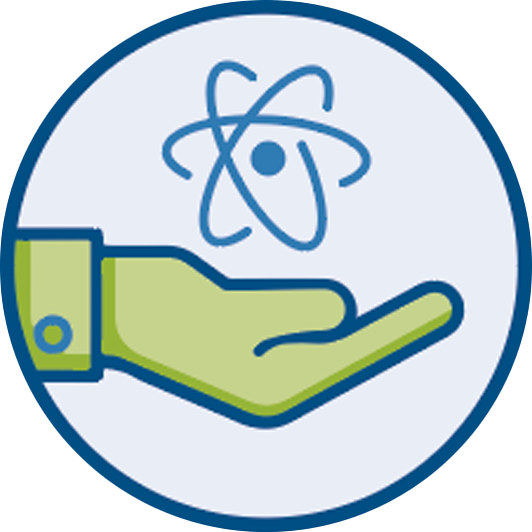
Young Researchers for a Plastic-Free Baltic Sea Region
02 October 2025
How do you tackle a problem as vast and complex as plastic pollution in the Baltic Sea Region? That question brought together young researchers, practitioners, and project partners for a three-day workshop hosted by the BALTIPLAST project. The event was not just about sharing knowledge—it was about connecting ideas, building networks, and imagining what a plastic-free Baltic Sea could look like.
Understanding the Challenge
The workshop began with a reminder of the urgency. In his opening talk, Walter Leal underlined the scale of the plastic crisis, while Domenico Buccella drew attention to hidden sources such as microplastic releases from refineries and the role of policy in driving cleaner solutions.
From there, the focus shifted to opportunities. Andrea Dobri presented the BALTIPLAST platform and its tools, and Johanna Gäbken demonstrated the Plastic Inventory, showing how households, schools, and businesses can measure and reduce their plastic footprint.
In the afternoon, the energy turned practical. Participants worked in groups during the PROJECT2SOCIETY workshop, brainstorming strategies to cut single-use plastics in their communities. The session ended with an escape game designed by KuBuS e.V. that made the problem of plastic waste tangible, yet solvable, through teamwork. By the evening’s welcome dinner, the message was clear: solutions require action at every level, from policy shifts to daily choices.
Exploring Solutions
If the first day focused on the “why,” the second day was about the “how.” Talks explored new materials, technologies, and circular models. Estefania Carpio introduced BALTIPLAST’s technological solutions and their potential to scale across the region. Pavlo Lyshtva stressed the importance of impact assessments, while Kristīne Meile unpacked the promise and pitfalls of bio-based plastics. Ayah Alassali highlighted a less visible but critical issue: challenges in closed-loop recycling.
These insights set the stage for poster sessions and discussions, where participants tested ideas against real-world challenges. The afternoon again turned to action planning, refining solutions for schools, businesses, and municipalities.
But the day didn’t end in a lecture room. A boat trip through Hamburg Harbor offered both reflection and perspective. Looking out over the water, participants were reminded of the interconnectedness of the region’s seas and rivers, and why the fight against plastic pollution cannot wait.
From Ideas to Action
The final day looked forward. Participants presented their action plans, translating concepts into concrete strategies for their local communities. This was a turning point, where individual ideas began to align into a shared vision.
Contributions from partners reinforced this momentum: Adam Sjöström from the Baltic University Programme outlined regional collaboration opportunities; Priya Saikumar and Teresa Holfeld spoke about building a supportive community for PhD researchers in the circular economy; and Jelena Barbir introduced the Bio4Circularity Network, powerful instruments for long-term cooperation.
As the workshop closed, the takeaway was insightful: addressing plastic pollution is not only about technology or guidelines, but about people, networks, and collective responsibility. A plastic-free Baltic Sea will depend on how well we collaborate across disciplines, borders, and generations.
A Shared Future
Over three days, the workshop moved from problem to possibility, from knowledge to action, and from individual efforts to collective commitment. For the young researchers who took part, it was more than a learning experience—it was the start of a community determined to protect the Baltic Sea.
The challenge ahead is immense, but the workshop proved one thing: when knowledge, creativity, and collaboration come together, solutions are within reach.





